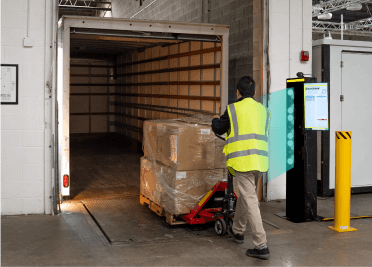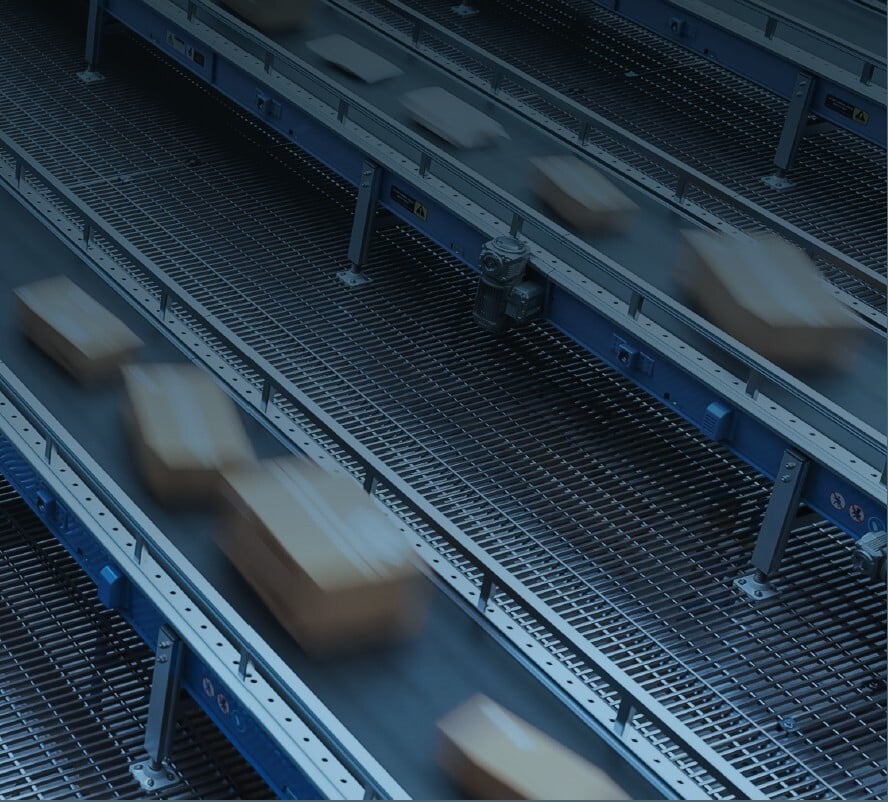Manufacturing production floors can be complex environments with many different processes, logistics, and large volumes of parts and tools moving through the operation.
Such complexity makes it difficult to track and manage work-in-process (WIP) and get real-time visibility into production, efficiency, and quality. And, it creates unwanted opportunities for errors.
Let Technology do the Work for You
This is why many manufacturers are now deploying radio frequency identification, or RFID, for WIP tracking. RFID technology helps them automatically capture information about production-critical items, people, and processes, giving manufacturers a real-time picture into virtually any aspect of their operation.
It’s something we’ve seen firsthand as we’ve helped some of our customers deploy RFID for their own use cases, and here’s an introduction into how it works on the plant floor.
Many manufacturers have become familiar with RFID in their warehouse, where it can be used to tag and wirelessly track inventory. RFID tags allow materials, finished goods, pallets, shipments, and virtually any asset to be identified and located automatically and remotely, without having to manually scan barcodes or have line-of-sight to collect data.
It all happens wirelessly, using principles similar to Wi-Fi and hardware such as RFID readers, antennas, tags, and tag printers.
But RFID has many additional applications on the plant floor, including WIP tracking.
For example, you can use RFID tags, software, and time stamps to track all the parts and other inventory that move through each stage of your processes. This means you can easily measure the average time spent at each step and potentially identify bottlenecks or other timing issues.
You can also validate that the correct parts are being used in each process for quality assurance, and you can get real-time insights into current inventory levels and required parts to keep production running.
When RFID is introduced into the production environment, you can make more informed decisions in production, inventory, and delivery dates. Moreover, your error rates, labor requirements, and related costs to do this will decrease thanks to RFID automation.
Additionally, RFID tags can be used to track production tools, equipment, and assets that need to be moved between buildings or to certain locations to enable specific production processes. Being able to locate and track these assets remotely helps save time, minimize procurement requirements, and ensure the right assets are in place whenever and wherever they’re needed.
RFID also offers opportunities to create solutions to enforce production rules and identify exceptions in real time.
One example is using visual aids such as stack lights to alert a worker when an incorrect item is brought to a production location or into a process. RFID tags can automatically track items as they’re brought to a production station, and RFID software can use rules that you define to light up the stack light and indicate whether the correct parts have been selected or whether there’s an exception.
An RFID system can also be configured to turn on a red stack light when an item skips a step in your process, and it can even send email alerts to management. In turn, management can access RFID data in real-time or after the fact to help improve process accuracy and efficiency.
To learn more about using RFID for WIP tracking and explore your potential production floor applications, contact our experts at AbeTech. We can help you get started with RFID, evaluate this technology for your business, and determine if RFID is the right fit for your production floor.
To get started, contact us now to arrange a free RFID consultation and assessment.










